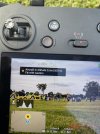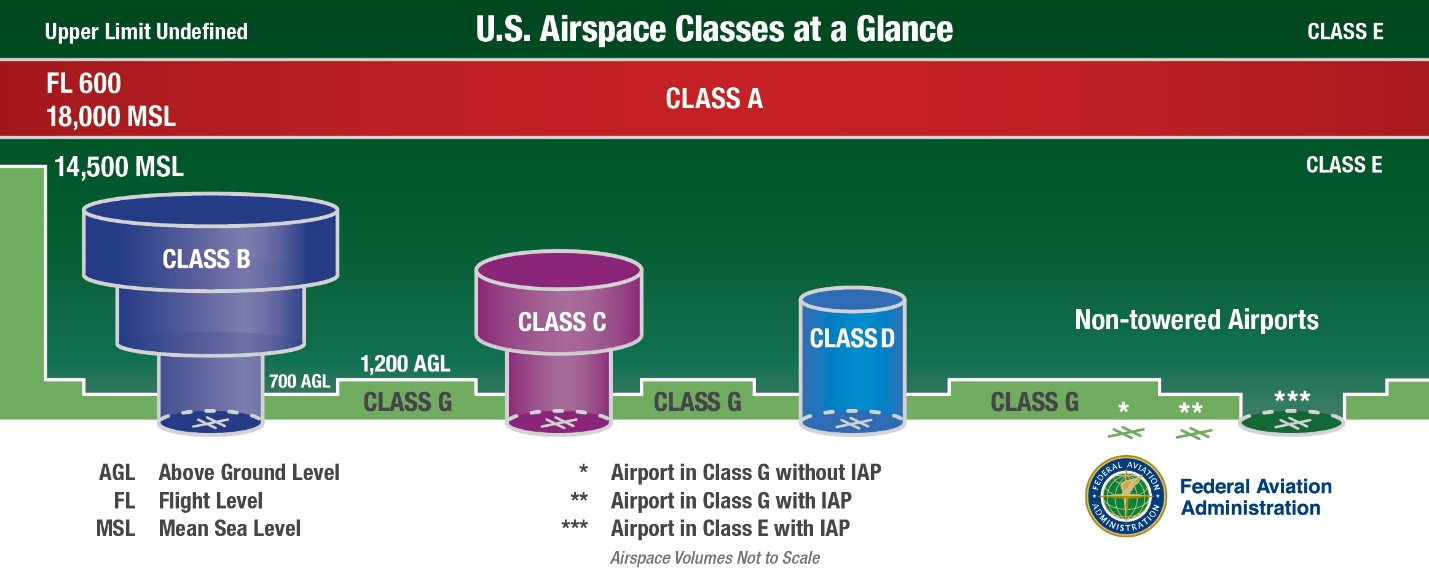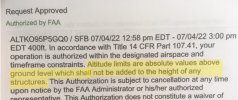These altitude limits, as defined by the FAA, are MSL. How is the drone detecting this altitude?
Perhaps you should better describe what sort of "altitude limit" you're referring to.
Yes, the FAA defines different
classes of
airspace depending on MSL altitude, all of which are irrelevant to drones restricted to operating below 400'AGL.
The artificial altitude zones, like every other geozone shown in DJI's Geozone system, are defined by DJI themselves. Unless you take off and fly only in perfectly flat terrain and the local barometric pressure remains constant, the altitude measured by the barometric altimeter is not an accurate measure of either AGL nor MSL. The drone's height is recorded as zero at takeoff, and everything thereafter is referenced to that zero height at takeoff location.
Conclusion: The drone is using GPS altitude to monitor and enforce altitude restrictions in the FlySafe database.
No, the drone always uses its barometric sensor to measure height relative to its takeoff location. Only during autolanding, the VPS height sensor is used to accurately lower the drone to a soft autolanding.
My point was that it’s up to the pilot to be aware of the height, the drone can only give its height from takeoff point to reference to give its position in reference to attitude zones. If you took of from the roof of a high rise, it would breach any altitude limits enforced through the software
No. Let's say you take off from the ground within a 60m "DJI Altitude Zone". The drone will be permitted (by DJI's restrictions) to climb only 60m higher than its takeoff location before the geozone restriction kicks in to prevent it climbing any higher.
If instead you take off from the top of a 40m building, the drone will still be restricted from climbing more than 60m higher than your takeoff location at the top of that building, or a total of 100m above ground.
In the DJI apps you can choose to manually set your own height restriction. It works the same way. That restriction is set relative to the drone's zero height at its takeoff location.
The drone does not use GPS measurement to determine height. It doesn't know whether it was sitting on the ground at the top of a hill or bottom of a valley or on top of building when it takes off. It records zero height at takeoff.
The FAA says you can't fly higher than 400' AGL, but the drone can only tell you its height relative to its takeoff location. It's up to you to take terrain features into account.
When within its operating range, the VPS height sensor gives an accurate AGL measurement, but that telemetry value is not displayed by the DJI Fly app, at least not with my Mini-1. But VPS height is displayed when using my Phantom 3 Pro.












